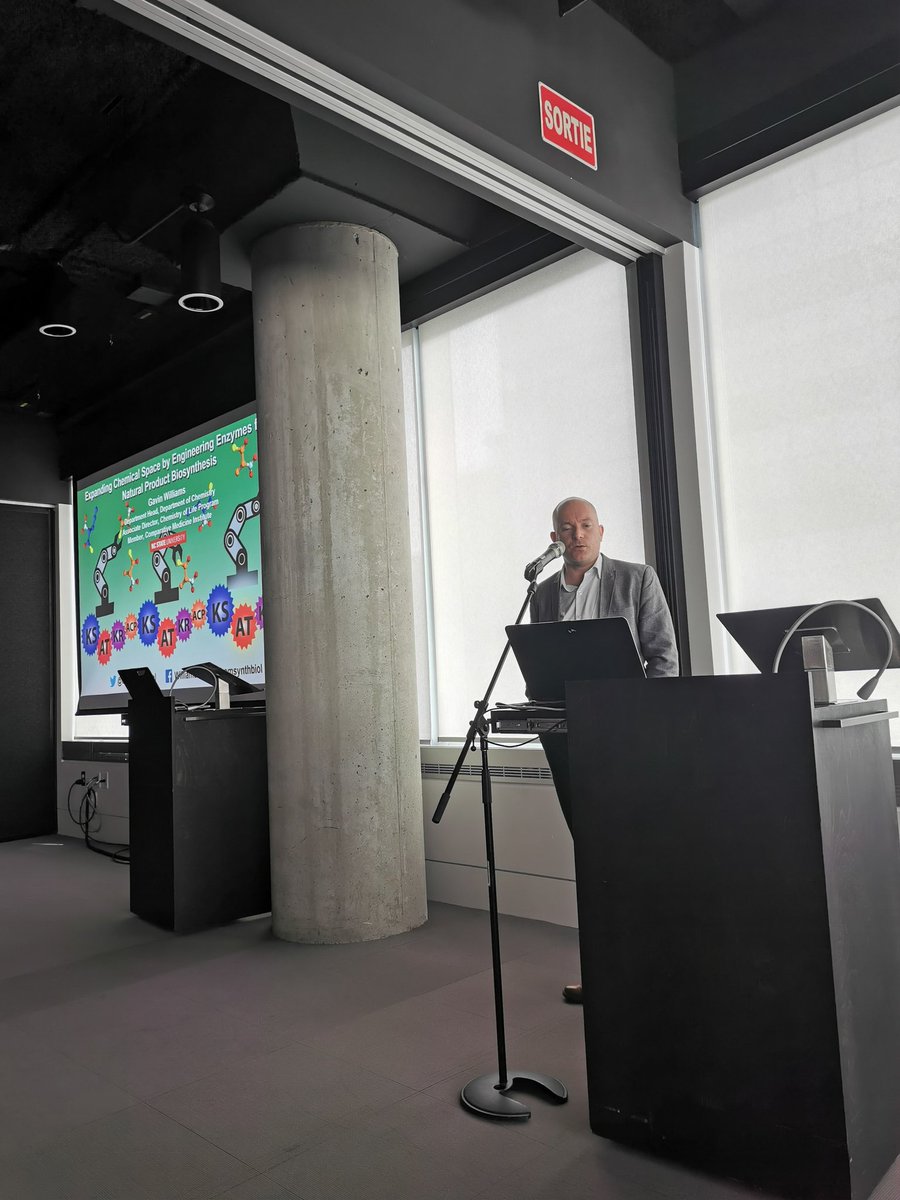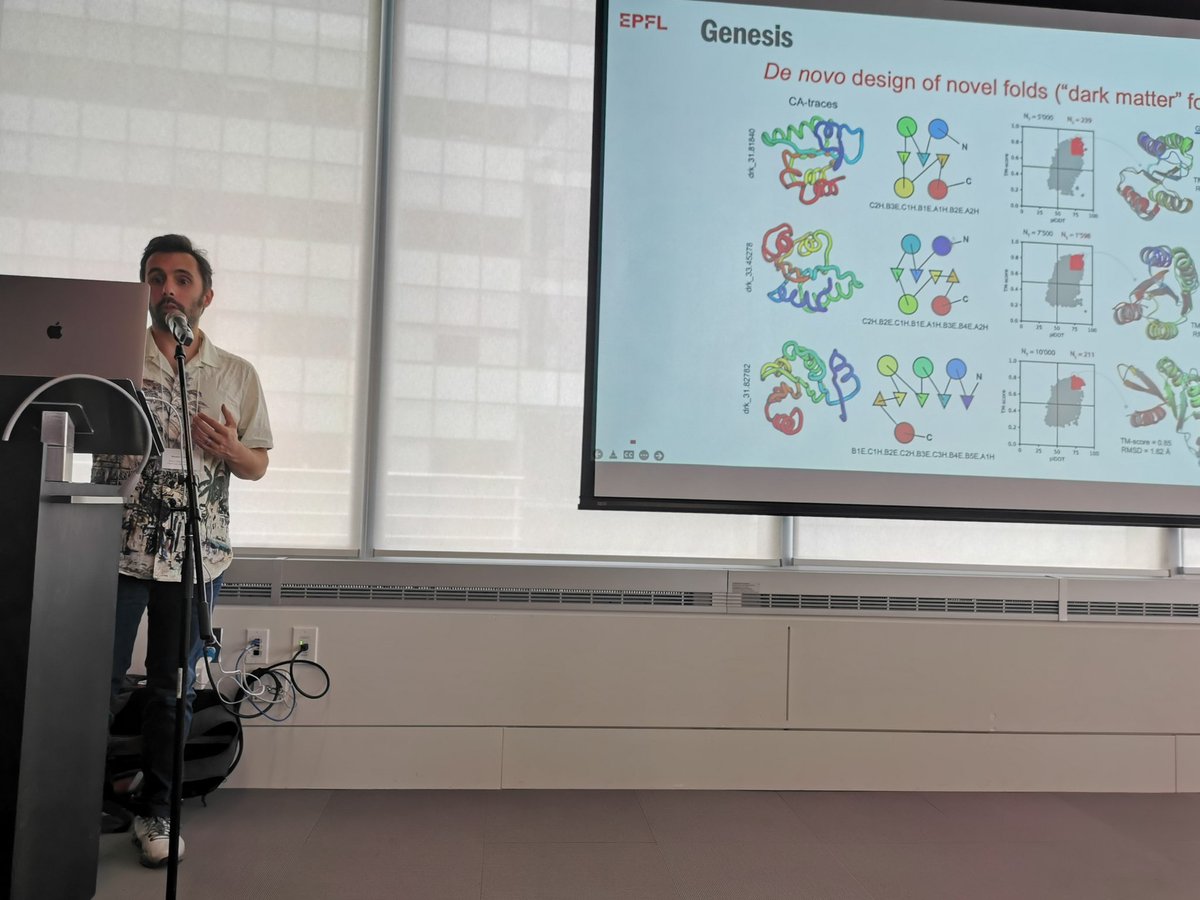
PEC Conference
@pec_conference
Protein Engineering Canada (PEC) is a biennial conference that brings together researchers working in the field of Protein Engineering, Evolution & Design.
ID: 960701720408944640
http://www.proteinengineering.ca/index.html 06-02-2018 02:28:33
93 Tweet
152 Followers
67 Following


Dr. Adam Damry (Adam Damry) electrifies the session with his work on the electrodetection of small molecules by conformation-mediated signal enhancement. By developing a novel class of electrochemical biosensors, Dr. Damry seeks to alleviate flaws in current detection platforms.


Closing out our first session today is our 5th keynote speaker, Dr. Gavin Williams (Gavin Williams). Dr. Williams describes a program of enzyme engineering, directed evo, and synbio aiming to make natural products with unnatural functionality. Thanks for joining us, Dr. Williams!





Our 6th keynote, Dr. Dek Woolfson (Dek Woolfson), closes out our morning with a challenge: can we design proteins beyond nature's templates & target the "protein dark matter"? Thanks to Dr. Woolfson for sharing his work on this leap into a new frontier of protein design! #PEC2022



This afternoon starts with our 7th keynote by Dr. Bruno Correia (Bruno Correia). He takes us back to the "protein dark matter" with MaSIF, a conceptual framework based on deep learning to design de novo protein-protein interactions. Pleasure to listen, Dr. Correia! #PEC2022




Continuing to elucidate SARS-CoV2, Dr. Charlotte Miton (Charlotte Miton) explores the mutability landscape of the virus' N-terminal domain. Characterizing diverse deletions, this work illuminates the forces that shape and constrain mutations within the landscape. #PEC2022






Finishing our penultimate session is our 10th keynote by Dr Basil Hubbard (Basil P. Hubbard, PhD). Dr Hubbard highlights the engineering of CRISPR systems through xenonucleic acids. This aims to decrease off-target effects and increase use across SNPs. Thanks for joining us, Dr. Hubbard!



Dr. Donya Valikhani (Donya Valikhani) takes a big picture approach using indigo formation as a predictor of substrate promiscuity in large P450 BM3 libraries. Cost effective and sensitive primary screening aims to simplify the engineering of P450 BM3 for value-added compounds.


Our last keynote, Dr. Huimin Zhao (Huimin Zhao) brings #PEC2022 to a close with a deep dive on directed evolution, showing his work developing a suite of protein engineering tools including the development of an AI-driven robo-protein engineer. Thanks closing us out, Dr. Zhao!











